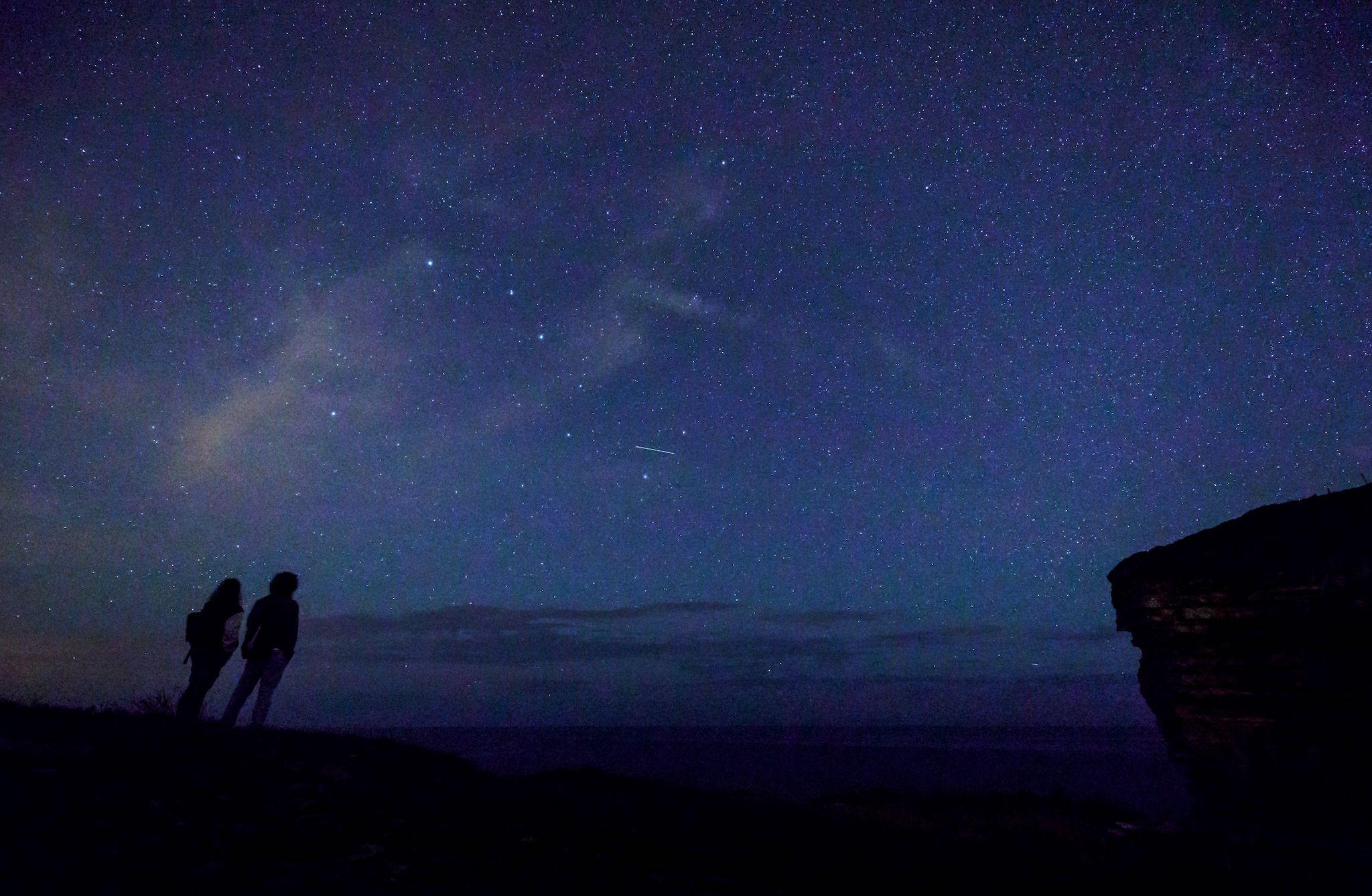Perseids meteor shower: Stunning celestial sight approaches as shooting stars to be brighter than ever
View should be visible across the world

The Perseid meteor shower is to pass over the UK and the rest of the world, lighting up the sky with a stunning celestial sight.
And the display could be even brighter than ever, since a new moon will mean that the shooting stars have a clear stage for the world to see them.
The Perseid meteor shower, one of the high points in the celestial calendar, occurs each year as the Earth ploughs through dusty debris left by Comet Swift-Tuttle.
Perseids meteor shower around the world
Show all 9As the particles, ranging in size from a grain of sand to a pea, hit the Earth's atmosphere at 60km (37 miles) per second, they burn up and streak across the sky.
Once darkness falls on August 12, sky-watchers can expect to see one of the shooting stars every few minutes.
The Perseids reach their peak in the early hours of August 13 when up to 70 per hour should be visible.
Dr Robert Massey, from the Royal Astronomical Society, said: "The shower will be visible all over the UK, as long as the skies are clear.
"Unlike a lot of celestial events, meteor showers are easy to watch and no special equipment is needed, although a reclining chair and a blanket make viewing much more comfortable."
To make the best of the meteors, observers should avoid built-up areas and try to find an unobstructed view to the east.
The shooting stars will appear to come from a single point, or "radiant", situated in the constellation Perseus, that climbs higher as the night progresses.
Greater numbers of meteors are visible when the radiant is high. But the most spectacular long-lasting meteors, known as "Earthgrazers", can be seen when the radiant is still low above the horizon.
Lucky observers may see the occasional meteor sailing across the sky for several seconds, leaving behind a trail of glowing smoke.
Additional reporting by agencies
Subscribe to Independent Premium to bookmark this article
Want to bookmark your favourite articles and stories to read or reference later? Start your Independent Premium subscription today.

Join our commenting forum
Join thought-provoking conversations, follow other Independent readers and see their replies